Sustainability Ambitions
Sustainability is a fundamental part of Aviva’s strategy and integral to what we do as a business. Aviva is committed to playing its role in support a just transition focused on three core areas – acting on climate change; taking social action and embedding sustainability across our businesses.
Find out about sustainability initiatives at Aviva stadium including recycling rainwater which is used to water the pitch.
Acting on climate change
As insurers we are directly exposed to the consequences of climate change and are therefore committed to be Net Zero by 2040. In 2023, Aviva made progress towards this commitment including:
- Phasing out our petrol and diesel vehicles with over 90% of our fleet now hybrid and electric vehicles
- Purchasing 100% renewable electricity tariffs for our Dublin, Cork and Galway offices
- 43.7% of Ireland and UK suppliers based on spend have set SBTi targets or equivalent
- In Aviva Life and Pensions, over 90% of our policyholder assets are under management and fund flows classified as light green funds under the SFDR and, we have reduced our carbon footprint of shareholder investments by 33% since 2019
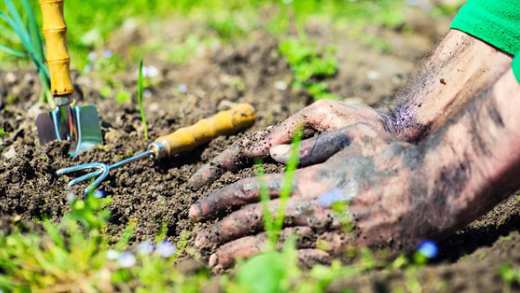
The Nature Trust
Aviva Ireland helps afforest Ireland
We are helping afforest Ireland for nature and for people with funding of €5 million to The Nature Trust to plant new native woodlands.
The native woodlands created will provide carbon sequestration – removing and storing carbon dioxide (CO2) from the air and so helping to address climate change. In addition to the carbon removal, it will enhance existing and degraded biodiversity and create new biodiverse habitats, as well as providing free access to all for improved wellbeing and recreational amenities.
Taking social action
For over 300 years Aviva has played a part in the lives of our customers, forming connections with communities. Whether it’s helping people prepare for retirement, protect their belongings or looking after them while they travel, we help customers look forward with financial confidence. We want to play a part in making more people financially secure.
We work with a number of charity partners to deliver impact driven initiatives and encourage our people to volunteer their time to support our charity partners.
In 2023, Aviva Ireland took social action by investing €604,000 in our partner, employee and broker nominated charity and community organisations and contributing over 4,400 employee volunteer hours to a variety of programmes aimed at helping people in the communities where we live and work.
Employee volunteering
Aviva employees can claim up to 21 hours paid volunteer leave per annum and Aviva encourages it’s people to volunteer their time to support causes that are close to their heart.
Some of the initiatives that sees Aviva employees utilising their skills include links with DEIS schools nationwide supporting numeracy, literacy and work skills through a variety of programs and delivered through our partnership with Business in the Community Ireland.


Aviva Broker Community Fund distributed €141,000 in 2024
This celebration saw causes that our brokers care about receiving a total of 108 donations ranging from the minimum award of €350 for early competition entrants up to the maximum of €20,000 to charities and community organisations. Read more on the broker community fund
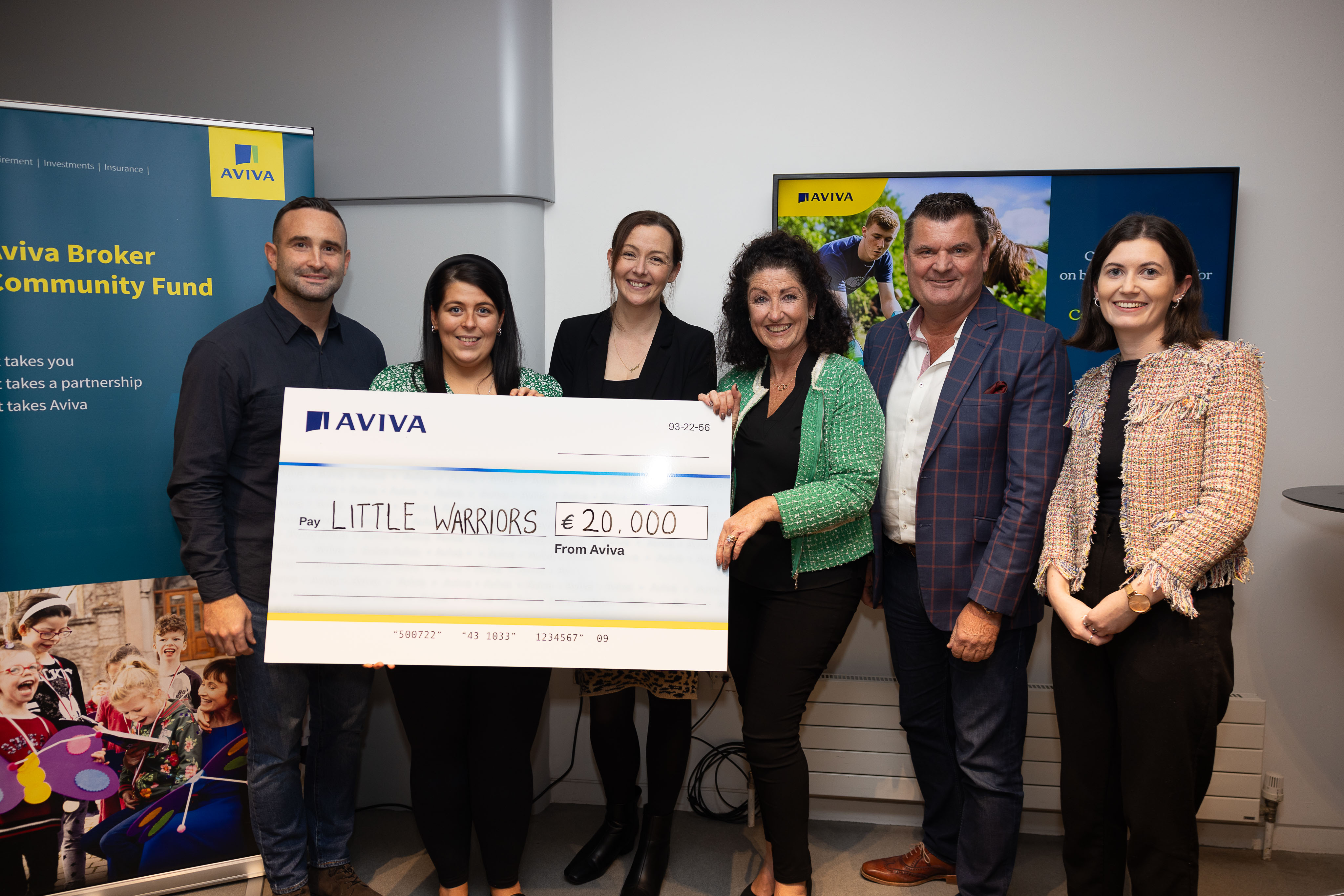
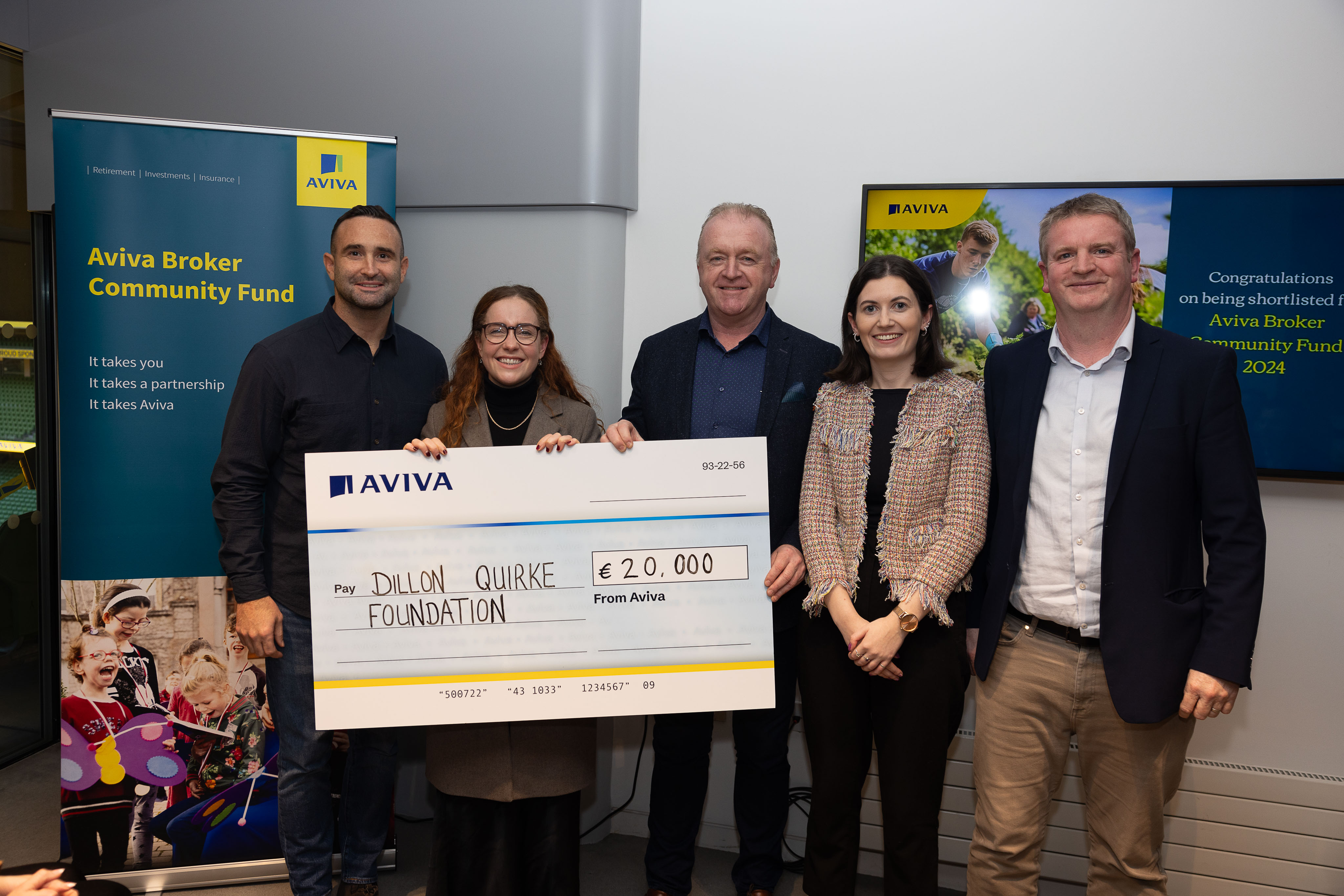
Embedding sustainability across our businesses
We recognise the strength that comes from working as one team, collaborating and winning together for Aviva, for each other and for our customers. Our sustainability ambition is an integral part of how we run our business. This includes ensuring clear accountability for action, transparent reporting, respecting human rights and ensuring we are an employer of choice through our focus on diversity, equity, inclusion, health and wellbeing.
Learn more about Pride here
Our Charity Partners
To help us to achieve our ambitions, we have three national partners which focus on Financial Resilience; helping people take control of their wellbeing by giving them the tools to be more financially independent and ready for anything and/or, Climate Action; promoting healthy, thriving communities by preventing, preparing for and protecting against the impacts of climate change.
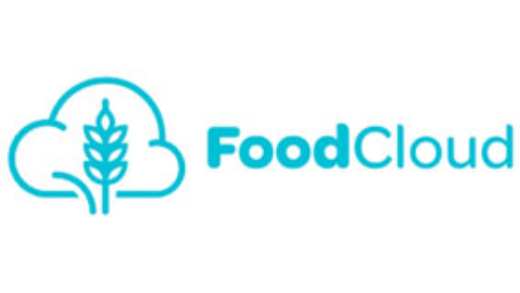
Food Cloud
By tackling the twin issues of food waste and food insecurity, FoodCloud redistributes food to their network of community group organisations, simultaneously reducing the emissions associated with food waste. This activity aligns with Aviva’s ambition to be a net-zero organisation by 2040 and to build more resilient communities.

Leave no Trace
Leave no Trace safeguards natural landscapes in Ireland and embrace the principles of responsible outdoor recreation. They do this by limiting the impacts that come with the increase in recreation use including the impacts on vegetation, wildlife, water and soil.
Aviva will support Leave no Trace by funding primary school programmes which raise awareness of natural environments.

Age Action
Age Action is Ireland's leading advocacy organisation for older people and ageing. As well as informing and influencing policy they provide practical programmes to support older people to age in place. In line with financial resilience, Age Action run “Getting Started” digital literacy workshops which help older people online including accessing banking apps and online bills. Additionally, their Care and Repair programme carries out minor repairs for older and vulnerable people free of charge.
Regional Partnerships
With offices in Cork and Galway, as well as Dublin, we also support two regional charity partners that enables our people to volunteer with and fundraise for local causes, helping to make a difference in our local communities.


Aviva Bees
To support native Irish bee populations, we have five hives across two of our locations and plant wildflowers at our retail parks. Can you spot our Queen Bee below?
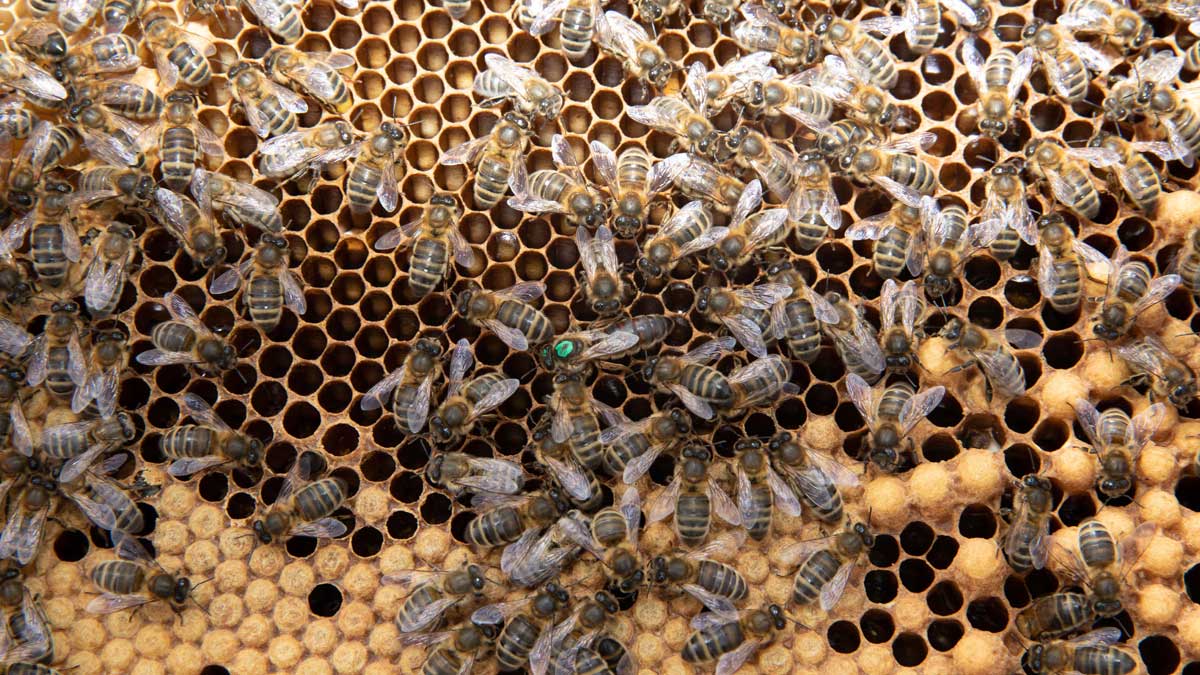
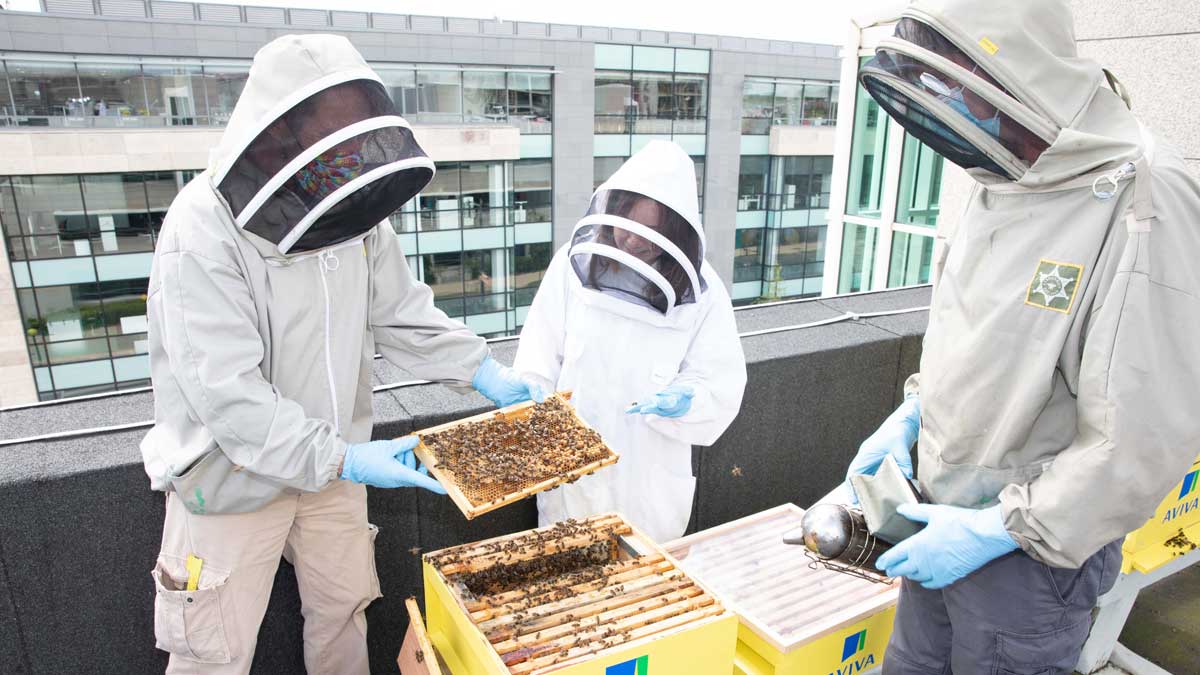
Our Reporting
Aviva Ireland is a proud signatory of Business in the Community Ireland's low carbon pledge.
Aviva plc have set science-based targets with the Science Based Targets initiative (SBTi). The targets, aligned to a 1.5°C pathway for operations, supply chain and investments, are a part of Aviva’s commitment to become a Net Zero company by 2040.
Find out more about Aviva plc sustainability reporting.
Aviva Group Services Ireland Limited, a private company limited by shares. Registered in Ireland No.322579. Registered Office: Cherrywood Business Park, Dublin, Ireland, D18 W2P5.
